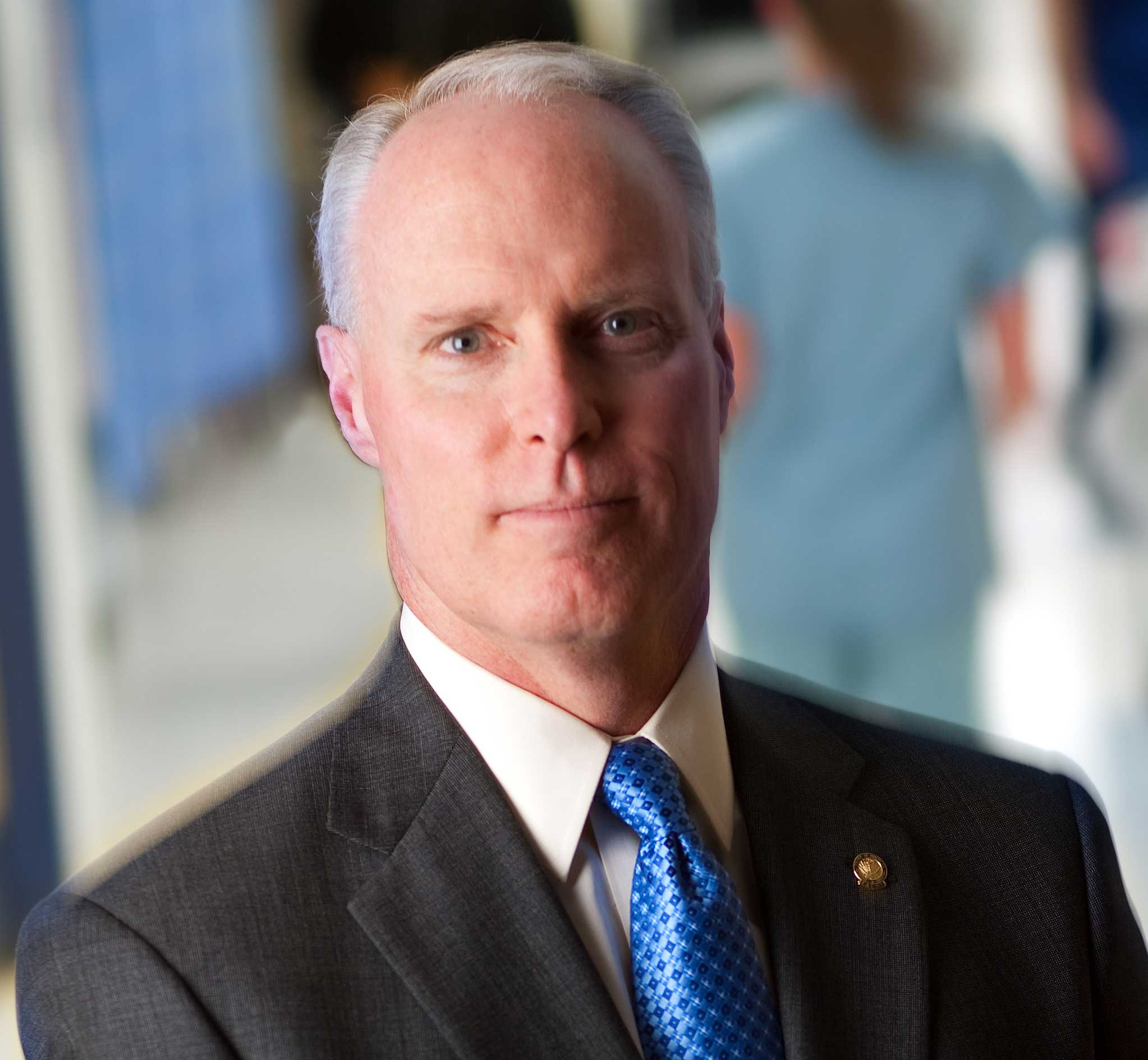Although hospital shootings are rare, recent shootings resulting in the deaths of patients, physicians and the shooters have increased attention on hospital security. More importantly, these events highlight the disconcerting reality of hospitals' inability to completely prevent such tragedies from occurring.
The recent string of hospital shootings may make such events seem common, but people have a greater chance of being struck by lightning than shot in a hospital, according to analysis from Johns Hopkins University School of Medicine in Baltimore.
It is still imperative for hospitals and health systems to prepare for "active shooter" situations, as they do occur. Unfortunately, this is not an easy task, as traditional security strategies are not always feasible in hospital settings.
For example, while placing metal detectors at the entrances of government buildings and airports is an effective strategy for preventing people with weapons from entering, hospitals — with their many entrances and emphasis on creating welcoming, patient-friendly environments — make metal detectors impractical.
Chris Van Gorder, president and CEO of San Diego-based Scripps Health, says preventing active shooter situations is most
difficult because they are relatively unpredictable.
"It is virtually impossible to absolutely guarantee safety since hospitals must be open for [patients, staff and visitors] 24/7. Generally, the few active shooter incidents that have occurred in hospitals have come without warning," he says.
Additionally, Mr. Van Gorder explained violent threats usually come from unstable patients with behavioral issues or outbursts from patients or family members who become violent due to injury or drug and alcohol use.
A former police officer, Reserve Assistant Sherrif in the San Diego County Sheriff's Department and terrorism liaison officer with local law enforcement, Mr. Van Gorder is uniquely experienced in the safety and security tactics called upon in active shooter events. Since becoming Scripps' chief leader in 2000, Mr. Van Gorder has been an integral contributor to the development of the system's numerous safety initiatives.
While the Scripps' security officers, in collaboration with various law enforcement agencies, have a detailed series of procedures to take in the event of a shooter on campus, Scripps equally prioritizes training its physicians and other employees to ensure they are prepared.
"I've never had an employee or physician indicate they are frightened about an active shooter situation," Mr. Van Gorder says. "I think most realize this is a very rare, albeit visible, tragedy. We are good today but we know we can be better. That is why we are putting on the exercise."
Several years ago, Scripps created a terrorism task force with local law enforcement agencies to improve communication and sharing best practices. Beginning last year, Scripps implemented a series of trainings and multi-agency exercises to prepare hospital staff to handle violent threats and maximize survival in violent circumstances.
These exercises are highly resource intensive and require months of planning and coordinating, as well as the participation from outside law enforcement agencies. Patty Skoglund, RN, Scripps Health's disaster preparedness coordinator, and her team began planning the system's second annual active shooter exercise almost a year ago. The second drill is set to occur today.
According to Mr. Van Gorder, these drills involve several hundred people, including hospital staff, police officers, SWAT teams, bomb squads, firefighters, paramedics, EMTs, ambulance companies and mock patients.
In a typical scenario, an actor enters the hospital and pretends to shoot people. The shooter travels to multiple floors of the hospital, eventually taking someone hostage. Staff practice responding and call law enforcement. Various law enforcement agency teams arrive on the scene and act as they would in a real active shooter situation, while hospital staff, in an internal disaster mode, activates its incident command structure to evacuate patients in danger and continue caring for all patients remaining in the facility.
After the drills, which are filmed, there is an extensive debriefing and an exercise report is developed to design more effective tactics and training for everyone involved, Mr. Van Gorder explained.
As evidenced through its comprehensive training regimen, Scripps' dedication to preparedness is full-fledged. Most importantly, hospital staff feel safer and more confident in the system's security procedures after having completed training and debriefings.
With the understanding that peoples' initial reactions under duress are based on instinctual responses to life threatening situations, the drills are aimed to teach staff to make the right choices to increase the chances of survival. According to Scripps' "Lessons Learned" debriefing of the 2014 drill, those who are trained will commit to action based on a survival mindset — trained responses based on best practices — instead of relying solely on survival instincts, a critical aspect of maintaining hospital safety during threatening circumstances.
The active shooter exercises effectively train participants to develop the mindset that could save their lives during a catastrophic event, but further, they lend individuals the assurance to take action, when necessary, to help ensure the safety of others.
This became evident in Scripps' 2014 post-drill survey of system employees, in which a common theme emerged: "I thought I would run away, but found myself compelled to help my coworkers. I could not leave my friends behind."


